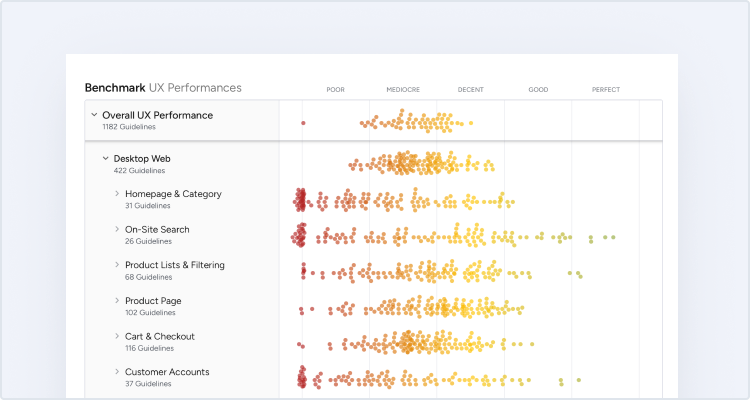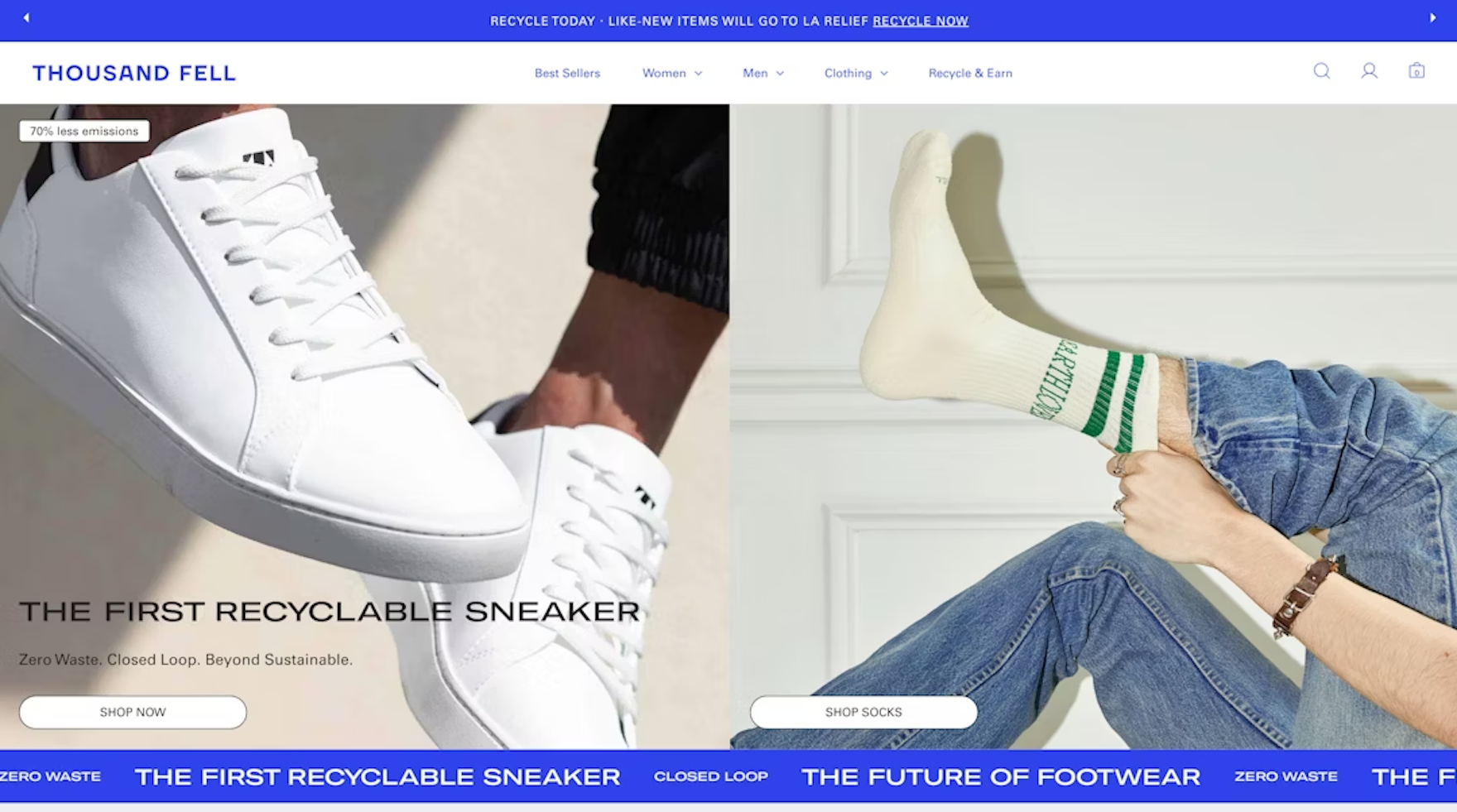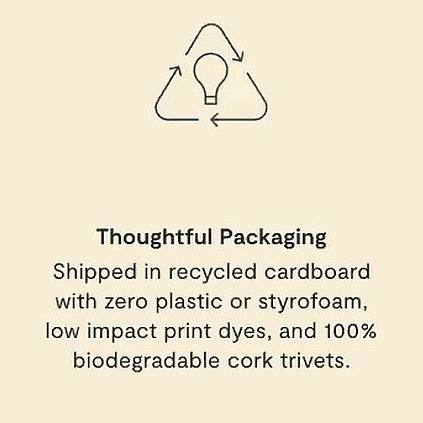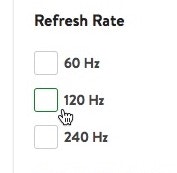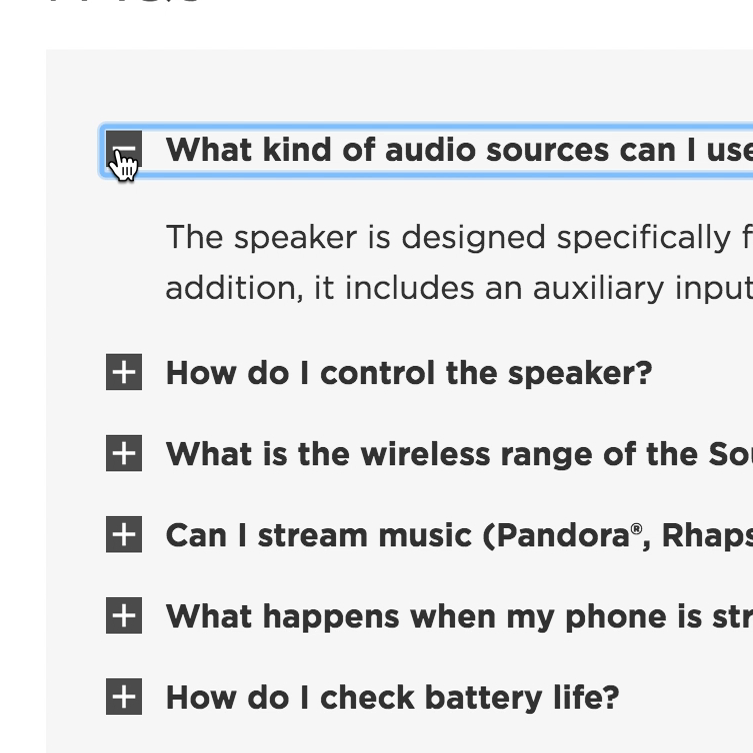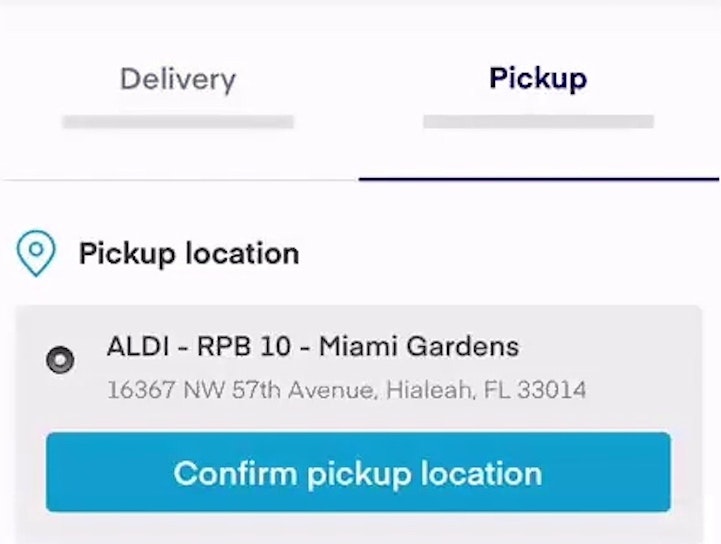Key Takeaways
- Sustainable practices and product features are important for a subgroup of users, with many actively seeking brands that align with their environmental and ethical values
- When sustainability details are hard to find, these users may abandon a product or site
- 5 best practices help ecommerce sites clearly communicate sustainability commitments and support informed purchase decisions
Key Stats
- 25% of sites tested fail to highlight core brand and product attributes on the product page
- 37% of sites tested use industry jargon in product filters (including filters related to sustainability)
- 60% of sites tested don’t offer site- and user-provided Q&A content for products
- 39% of sites don’t include all fulfillment options at checkout
The conscious consumer is an important segment of the ecommerce audience that, for many sites, can no longer be overlooked.
Indeed, in Baymard’s large-scale testing these participants are observed actively seeking stores and brands that demonstrate sustainability, such as ethical sourcing, low-impact packaging, in-store pickup, and carbon-conscious shipping.
When investing in sustainable practices and products, it’s therefore critical that ecommerce sites make these efforts visible and understandable to users.
This article outlines 5 best practices to help communicate sustainability effectively across the ecommerce experience:
- Dedicate space for sustainability stories
- Promote sustainability on product pages
- Explain sustainability-related filters
- Offer site- and user-provided Q&A content
- Include “green” fulfillment options at checkout
Each section includes UX insights and best practice examples from leading sites drawn from Baymard’s research findings and benchmarking.
1) Dedicate Space for Sustainability Stories
“‘Preventing plastic pollution’. So that means these guys are recycling. Okay. Ah, examples, ‘HelloFresh stops 37.5 million plastic bottles…from entering the ocean’. Okay. That’s cool.” At HelloFresh, participants who had concerns about the environmental impact of the Meal Kit subscription service visited the “Sustainability” page.
“I like good companies who try to give back a little bit…that’s actually really cool, I like this. Just from this information alone I already like what they’re about.” This participant explored and appreciated Thousand Fell’s mission of sustainability, explained in detail within the “About Us” section of the site.
Beyond the origin story, clearly communicating a brand’s values and mission helps users understand what sets the brand apart.
Many users seek out purpose-driven content and connect more deeply with brands that express a clear sustainability ethos.
In Baymard’s usability testing — particularly with DTC ecommerce sites and health and beauty sites — participants often responded positively to homepage content or supplemental pages dedicated to the brand’s sustainability efforts.
Thus, dedicating space to sustainability topics and linking to them from key entry points can reduce doubts and encourage engagement.
Even if not all users seek it, well-placed sustainability messaging contributes to a more trustworthy and memorable experience for those who value it.
2) Promote Sustainability Practices on Product Pages (25% Don’t)
“I like the 1% for the planet. Sustainability is important to me. So that’s cool.” The default product image at ILIA Beauty uses a badge to highlight its charitable investment in sustainability missions, which the participant spotted immediately and called out favorably.
Meanwhile, discerning users at Sephora will find key details on ethical and sustainable practices (“cruelty-free”, “recyclable packaging”) within the “Ingredient Callouts” in the product description.
For many users, sustainability attributes are a key factor when evaluating individual products.
Testing shows some users actively seek out supplemental information related to social values on the product page and are more likely to engage when attributes like “organic,” “refillable,” or “cruelty-free” are made clearly visible.
Displaying these features through badges, icons, or descriptions directly on the product page improves visibility and trust.
When these details are missing, users may question the product’s value or abandon the purchase altogether.
Yet, 25% of sites in our ecommerce UX benchmark fail to highlight important product qualities like recycled materials or ethical production.
Prominent, clear communication about sustainability can support purchase decisions and build brand credibility.
3) Explain Jargon in Product Filters (37% Don’t)
“‘Sustainability’”, I’m not sure again…what’s defined as ‘sustainable’ or not? There’s a lot of filters here. At first glance, I don’t know what a lot of these mean, so they’re not that useful to me.” If they don’t know what a filter type means, users like this participant on Puma could avoid them, potentially overlooking suitable items that could have been isolated by applying this filter.
Sustainability filters are valuable — but only if users understand the terms.
Labels like “Eco-Friendly”, “Recycled”, or “Zero-Waste” can vary across product types and confuse users, and different products may be associated with unique sustainability terms.
Our testing shows that explaining these terms can be the difference between users applying filters to find what they need — or missing relevant products entirely.
At Etsy, the filter type “Sustainable features” includes a tooltip to explain what this label means in this context, helping users to verify the effect these filter options will have on scoping the product list.
Clear definitions via tooltips help users interpret filter labels and apply them effectively.
Unfortunately, 37% of sites in our benchmark use industry jargon in filter labels without explanation, resulting in a subset of users who won’t apply the filters and potentially miss out on viewing suitable products.
Sites should ensure every sustainability filter label and value is accompanied by accessible, plain-language explanations.
4) Offer Site- and User-Provided Q&A Content (60% Don’t)
At Amazon, users can search across a variety of sources for information, including Customer Q&As, where both the manufacturer and customers can answer the posted questions.
Similarly, shoppers at Home Depot can search through the Q&A section and post or peruse answers about specific topics, such as the environmental safety of the product or other sustainability factors.
Users often have specific, sustainability-related questions that aren’t covered in standard product descriptions.
Features like customer reviews, FAQs, and Q&A sections help bridge those content gaps and improve decision-making.
In testing, participants found user-powered Q&As particularly helpful in answering niche questions, often viewing them as more credible than store- or brand-provided content.
When these Q&A features are missing, users may leave the site with unanswered questions or unconfirmed assumptions.
User-provided responses are especially helpful for questions about materials, reuse, product origin, certifications, or recyclability.
Yet 60% of sites in our benchmark lack Q&A support entirely, missing an opportunity to surface valuable, real-world insights.
5) Include “Green” Fulfillment Options at Checkout (39% Don’t)
IKEA UK lists all order-fulfillment options on a single checkout page, allowing users to choose “Click and collect”, which can be a more sustainable choice.
Some order-fulfillment methods tend to have a lower environmental impact than others.
Users who prioritize sustainability may often choose store pickup, local delivery, or consolidated shipping when available.
However, our benchmark indicates that 39% of sites fail to include all fulfillment options at checkout, even when those options were available earlier.
This forces users to navigate backward or abandon checkout if they assume their preferred method isn’t offered.
Providing a full list of fulfillment options — including eco-friendly ones — at checkout supports informed, value-aligned decisions.
It also helps prevent confusion, drop-off, and unnecessary friction in the final purchase step.
Bring Sustainability Front and Center
At Thousand Fell, the homepage relays the brand’s sustainability focus through microcopy, images, and linked content — giving users who seek more information very clear scent trails to follow.
Communicating sustainability clearly across your ecommerce site isn’t just a nice-to-have — it’s becoming a core expectation for many users.
From brand storytelling to fulfillment choices, each touchpoint offers an opportunity to reflect site or brand environmental and ethical commitments.
When these details are absent or difficult to find, sites risk losing credibility with a subgroup of interested users and missing opportunities to convert values-driven users.
By implementing these five best practices, ecommerce sites can build user trust, reduce abandonment, and support more informed and value-driven shopping decisions:
- Dedicate space for sustainability stories
- Promote sustainability on product pages (25% don’t)
- Explain sustainability-related filters (37% don’t)
- Offer site- and user-provided Q&A content (60% don’t)
- Include “green” fulfillment options at checkout (39% don’t)
As sustainability becomes an increasingly influential factor in ecommerce behavior, clear, thoughtful communication will be key to meeting evolving user expectations.
This article presents the research findings from just a few of the 650+ UX guidelines in Baymard – get full access to learn how to create a “State of the Art” ecommerce user experience.
If you want to know how your desktop site, mobile site, or app performs and compares, then learn more about getting Baymard to conduct a UX Audit of your site or app.
